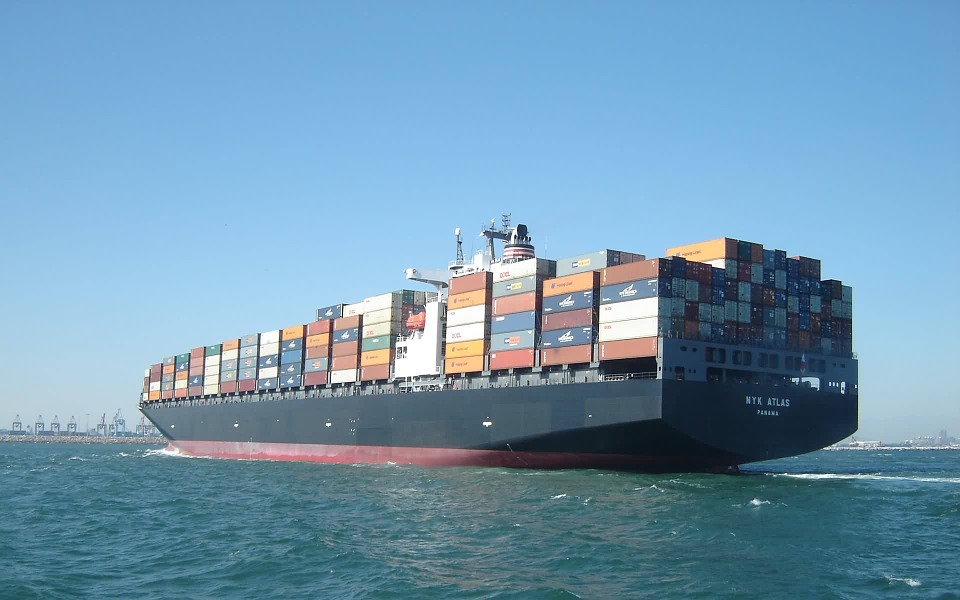Companies importing goods into the United States can find themselves having to respond to a U.S. Customs and Border Protection (“CBP”), Request for Information (CBP Form 28) or what may be worse, a CBP Notice of Action (CBP Form 29). CBP Form 28 – Request for Information is a tool routinely used by CBP to verify if the goods are properly classified, valued or otherwise meet U.S. import requirements. CBP Form 29 – Notice of Action can be used to inform an importer of a proposed action, including assessment of additional duties on the goods, or to notify the importer of an action already been taken by CBP. Both communications may be considered red flags for CBP to investigate prior transactions of an importer to initiate a penalty investigation.
Though you as an importer may have an easy response to a CBP inquiry or a valid basis as to why CBP’s proposed action should not be taken, your response often will require you provide information from your overseas product supplier. In these situations, it can be critical for your supplier to work with you to ensure you have all necessary information for the goods you imported. It is also critical that your communications with CBP not provide the agency with information it can use against you. Pulling together a sufficient response for CBP within a short time frame is no small task, but you can almost always ease that task and improve your odds by anticipating and preparing for your customs problems within the framework of import procedures and controls.
It is a common misconception among importing companies that they do not have to be exact on their commercial invoice or other import documentation. But to properly import goods for entry in the United States, a complete product description, accurate country of origin, and correct value in accordance with CBP rules are all key pieces of information that must be accurately provided. These requirements fall under the importer’s legal responsibility to exercise “reasonable care.” If you as an importer fail to attend to these basic legal requirements, you will be greatly increasing (1) your risk of delays in the release of your goods, (2) further scrutiny by CBP through an audit, and (3) penalties.
The import compliance burden shifted to U.S. importers in 1994, when Congress passed the Customs Modernization Act or “Mod Act” as a part of the same legislation package as the North American Free Trade Agreement (“NAFTA”). It is under the Mod Act that CBP expects importers to exercise “reasonable care” when addressing the following, per CBP’s Reasonable Care Checklist:
- Customs documentation for entry;
- Complete merchandise description for tariff classification and proper duty rates;
- Valuation of merchandise consistent with specific CBP valuation rules;
- Country of origin verification, marking, labeling; and
- Free trade agreements
Despite its name, CBP’s Reasonable Care Checklist is not a formulaic standard, but rather a list of questions to prompt U.S. importers to create their own internal framework or methodology to meet United States import compliance standards. CBP allows U.S. importers flexibility in how to manage their reasonable care responsibilities based on the importer’s own transactions.
If you import products from overseas, your first step in managing your reasonable care responsibilities so as to minimize your importing compliance risks is to start with the basics and become familiar with CBP’s Reasonable Care Checklist. Answering the questions posed by CBP will help you formulate your necessary internal import procedures and controls.

























